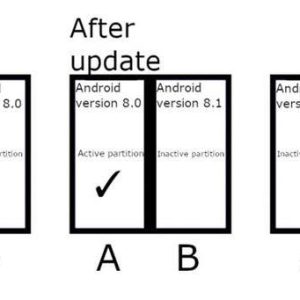
Android 13 may force A/B partitions to update seamlessly
After the main release of the Android 13 system, Google Pixel gadgets are currently getting this system. When the A partition updates the system, the user can continue to use the B partition. In addition, when the system file of the A partition is bad, the user can also change to the B partition which will work normally. At the launch of Android 11, it wanted to require this technology on the system.
After the main release of the Android 13 system, Google Pixel gadgets are already receiving this system. Flagships from other brand names are currently getting the developer beta of this system.
When the A partition updates the system, the user can continue to utilize the B partition. After the update is total, the user can restart to the A partition, thus saving the time of system upgrade. For this factor, updating with this technology is seamless. In addition, when the system file of the A partition is bad, the user can also switch to the B partition which will work generally. This reduces the likelihood that the mobile phone can not be utilized.
Google is actively promoting A/B partitions.
According to reports, Google has actually been promoting A/B partitions. At the launch of Android 11, it wanted to require this innovation on the system.
According to Mishaal Rahman, with Android 13, the standard OTA upgrade mechanism will depreciate. The company adds brand-new tests to the Vendor Test Suite (VTS), which should support virtual A/B partitions. Likewise, these tests have been officially released in Android 13. The Android variation was combined before the release, so the promotion decision is much more powerful than Android 11.
Furthermore, Google is making more improvements to virtual A/B in Android 13. XOR compression even more lowers snapshot size by 25-40%. Changing to dm-user for userspace merges can considerably reduce compression merge times. Google is also exploring with releasing Linuxs io_uring feature. This according to criteria, decreases snapback times by about 40 percent.
Leave a reply